do your annuals enjoy a Mediterranean climate?
digit
14 years ago
Related Stories

GREEN BUILDINGHouzz Tour: See a Maine House With a $240 Annual Energy Bill
Airtight and powered by the sun, this energy-efficient home in a cold-winter climate is an architectural feat
Full Story
LANDSCAPE DESIGNCelebrate a Sunny Climate With the Right Leafy Palm for Your Site
So you get freezes or floods. So your garden is small. These palms send excuses riding off into the tropical sunset
Full Story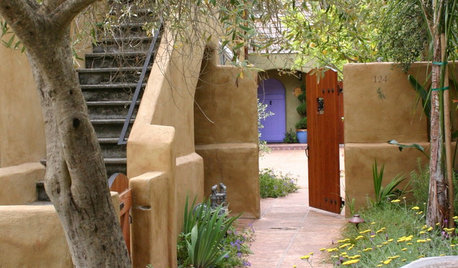
GARDENING AND LANDSCAPINGLay of the Landscape: Mediterranean Garden Style
Earthy, lush and warmly welcoming, a Mediterranean garden can thrive in any warm-climate landscape with a few adaptations
Full Story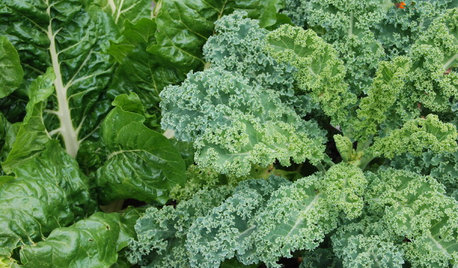
FALL GARDENINGFrost-Hardy Foliage That Loves a Cold-Climate Garden
When winter cuts a bleak swath through other plants, these edibles and perennials flourish brilliantly
Full Story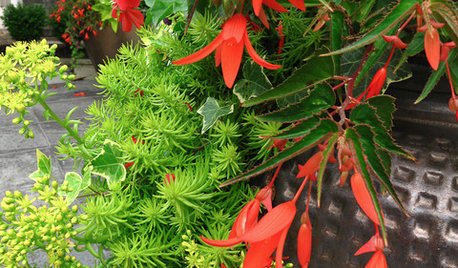
GARDENING GUIDESSuperstar Annuals for Containers and Baskets
High performing, low maintenance and all-around gorgeous, these container plants go the distance while you sit back and relax
Full Story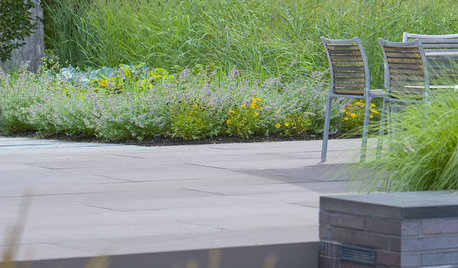
FLOWERS AND PLANTSPanicum Virgatum, a Prairie Beauty Many Gardeners Can Enjoy
Switchgrass adds color through the year and is a natural ‘seed feeder’ for birds
Full Story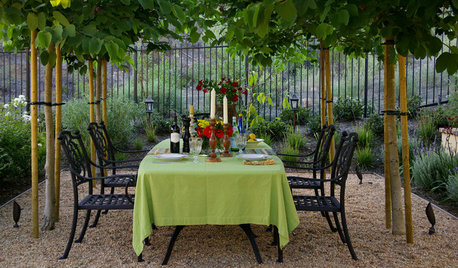
LANDSCAPE DESIGNEnjoy the Romance of Dining in a Classic Gravel Garden
Here’s what to consider when it comes to installing, styling and maintaining a DIY-friendly gravel patio
Full Story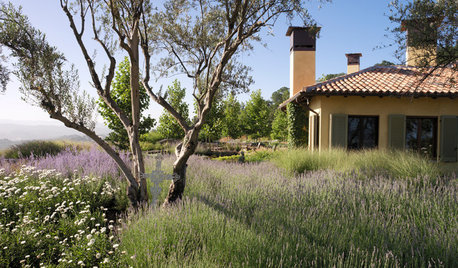
LANDSCAPE DESIGN8 Elements of Mediterranean Garden Style
Opt for olives and take up with tile. Mild-climate gardens everywhere can benefit from the features of their Mediterranean cousins
Full Story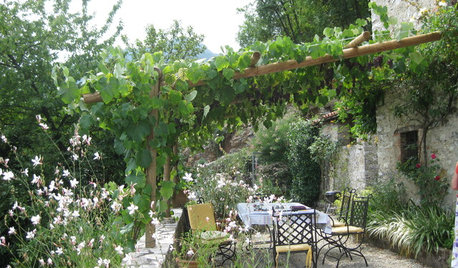
LANDSCAPE DESIGNRecipe for Mediterranean Edible Garden Style
The only thing better than a delicious meal outdoors is the satisfaction of growing some of the key ingredients yourself
Full Story





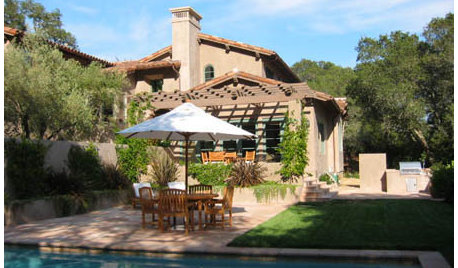
digitOriginal Author
david52 Zone 6
Related Professionals
Marco Island Landscape Architects & Landscape Designers · New Mexico Landscape Architects & Landscape Designers · Saint Charles Landscape Architects & Landscape Designers · South Elgin Landscape Architects & Landscape Designers · Woodinville Landscape Architects & Landscape Designers · Desert Hot Springs Landscape Contractors · East Lake-Orient Park Landscape Contractors · Fort Worth Landscape Contractors · Las Vegas Landscape Contractors · Mission Bend Landscape Contractors · New Providence Landscape Contractors · Pueblo West Landscape Contractors · Soddy Daisy Landscape Contractors · Woodbury Landscape Contractors · Norton Solar Energy Systemshighalttransplant
digitOriginal Author
digitOriginal Author
highalttransplant
digitOriginal Author
kareng_grow
digitOriginal Author